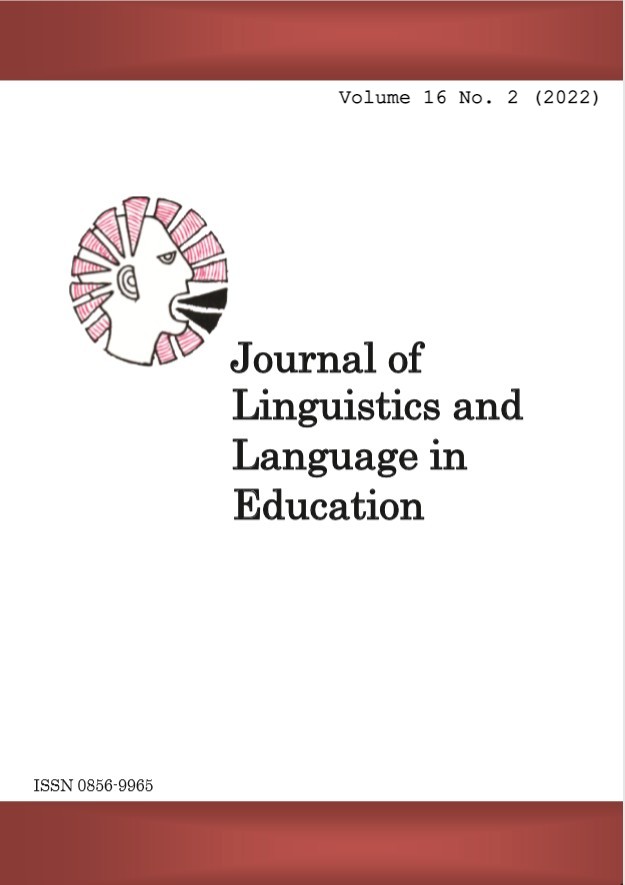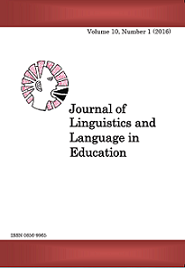Analysis of Written Errors by Form Three Secondary School Students Learning English as a Foreign Language in Kilimanjaro
Abstract
This study analysed errors made by Form Three students in community government secondary schools in Kilimanjaro. The study used purposive sampling to select 22 secondary schools from which 162 students ' written texts were collected for data analysis. The researchers read the written texts; and then, identified, classified and quantified errors based on linguistic and surface taxonomies, including the mechanics ones. Findings showed that syntactic errors were most prevalent, followed by mechanics errors. Morphological and lexical-semantic errors were the least recurring. Student respondents added or omitted an element or used a wrong form that resulted in incorrect usage of verb tense, subject-verb agreement, to-infinitive, participles, articles, pronouns and prepositions. Among the major causes of the errors were first language transfer and imperfect mastery of English itself. Thus, teaching strategies that would help students attend the errors meaningfully in writing classes are required for learners of English as a foreign language in Tanzania.
Keywords: Errors, foreign language, interlingual, intralingual, writing
DOI: 10.56279/jlle.v16i2.6
Downloads
Published
Issue
Section
License
Copyright © by Department of Foreign Languages and Linguistics, University of Dar es Salaam
All rights reserved. No part of this publication may be reproduced or transmitted in any form or by any means, electronic or mechanical, including photocopying, recording, or any information storage or retrieval system, without permission in writing from the publisher, except for short extracts in fair dealing, for research or private study, critical scholarly review or discourse with an acknowledgement.



